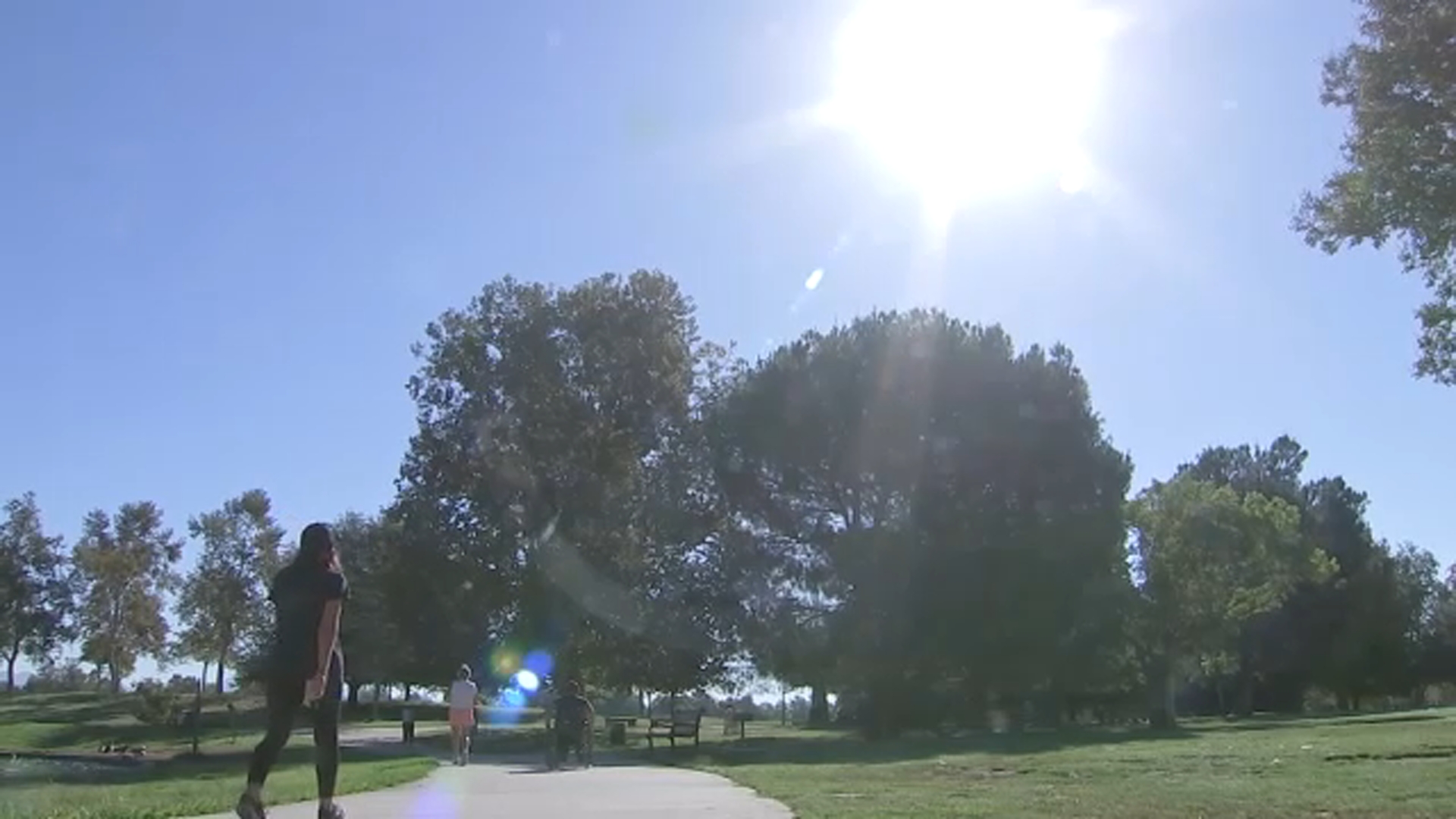Less pollution may be clearing up dangerous tule fog in Central Valley
BERKELEY, Calif. (KGO) -- The thick and often dangerous fog that blankets the inland valleys has been waning over the years. Some people thought that climate change may be reducing its frequency. But it turns out, all of our hard work eliminating pollution may be the real reason.
Tule fog happens when visibility falls below a quarter mile.
It used to be the norm driving through the East Bay and Central Valleys. Thick walls of clouds that would slow traffic to a crawl, and are often responsible for massive deadly pile-ups like this one near Bakersfield in 2016.
But there have been 76 percent fewer tule fog days from 1980 to 2016.
"From 1930 to 1970 fog increased by over 80 percent and so we started to look at why, did we have this modern decline?" said UC Berkeley environmental science researcher Ellyn Gray.
Gray dug through daily weather records dating back more than a century. Looking for clues, when a theme emerged.
"In the Central Valley it really urbanized rapidly around the 1950's and we had more passenger car use, and so we had a lot more emissions, the air pollution increased really substantially," said Gray.
She noticed that the decrease in tule fog also correlated to increase regulation of auto pollution in the 1970's and 80's.
"We had a lot less NO2 out of cars, nitrogen dioxide," said Gray.
Nitrogen Dioxide comes from auto pollution. It forms large molecules that act like sponges for water. The more molecules, the more sponges, the denser the fog.
"And because of that we think that, that could be impacting the frequency of fog," said Gray.
The link she discovered, also explains why southern parts of the Central Valley still see that thick tule fog. Near Bakersfield and Fresno, pollution continues to be a problem.
Gray's research might be good news for the air we breathe, but it is bad news for farmers. Some crops grown in the Central Valley depend on tule fog to shelter them from extreme cold during the winter months.
UC Berkeley agricultural meteorologist Dennis Baldocchi says, this new research should some farmers reconsidering what they grow.
"If this persists the range of where certain crops are being grown will have to move, or the farmers will have to apply more hormones and compounds to mimic winter chill," said Baldocchi.
The Coastal Fog we see here in the Bay Area is different than Tule Fog. Researchers say the decrease we've seen, is likely more directly related to climate change and warmer ocean water.











